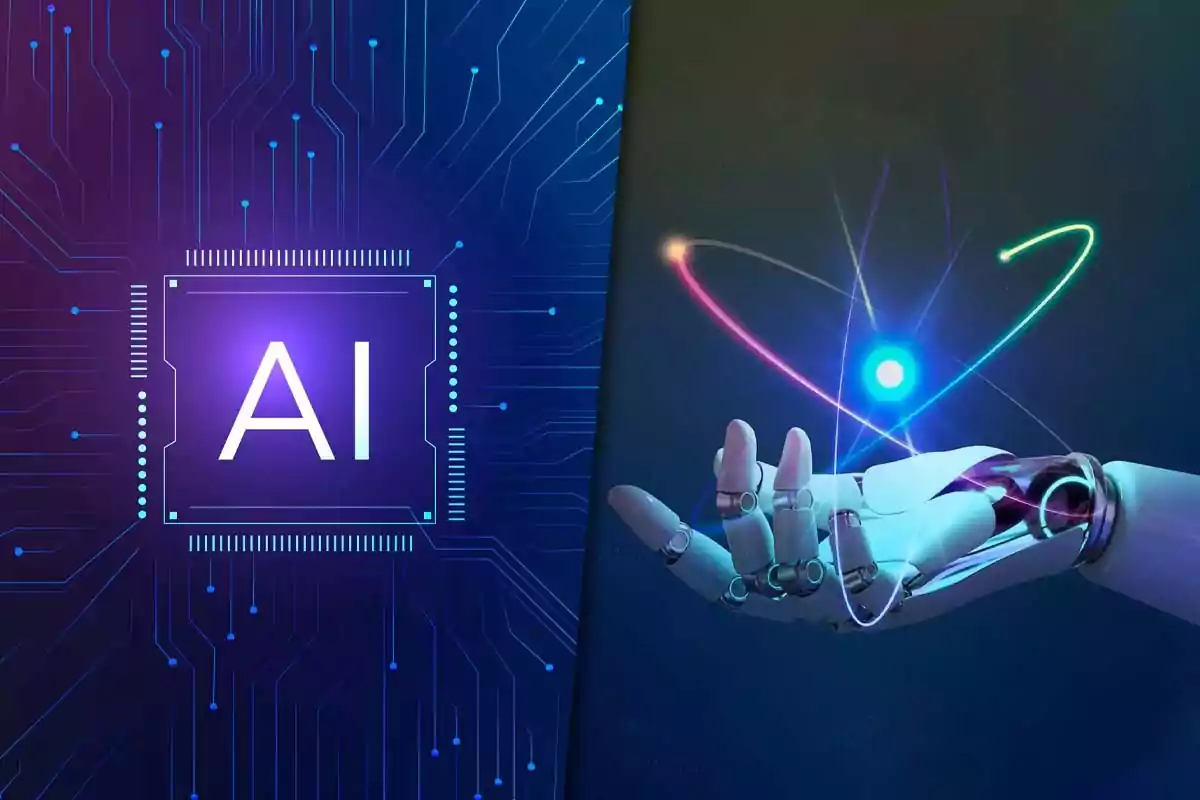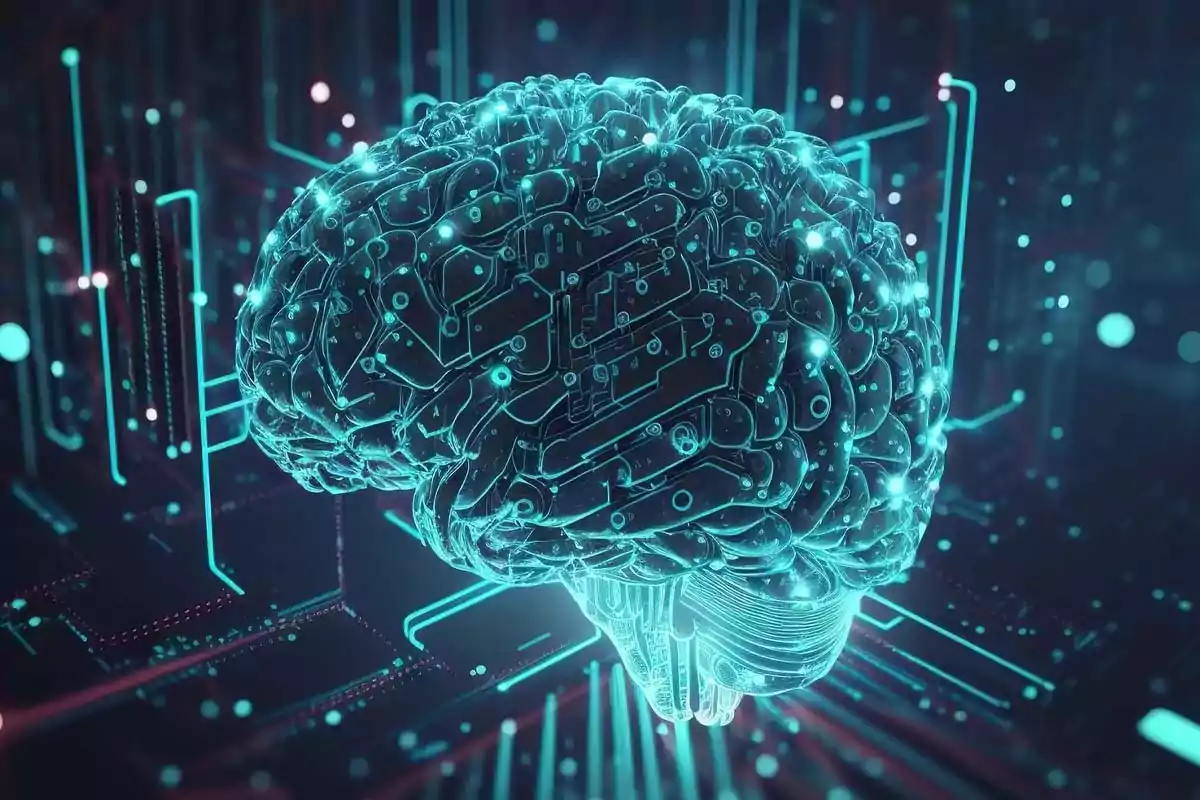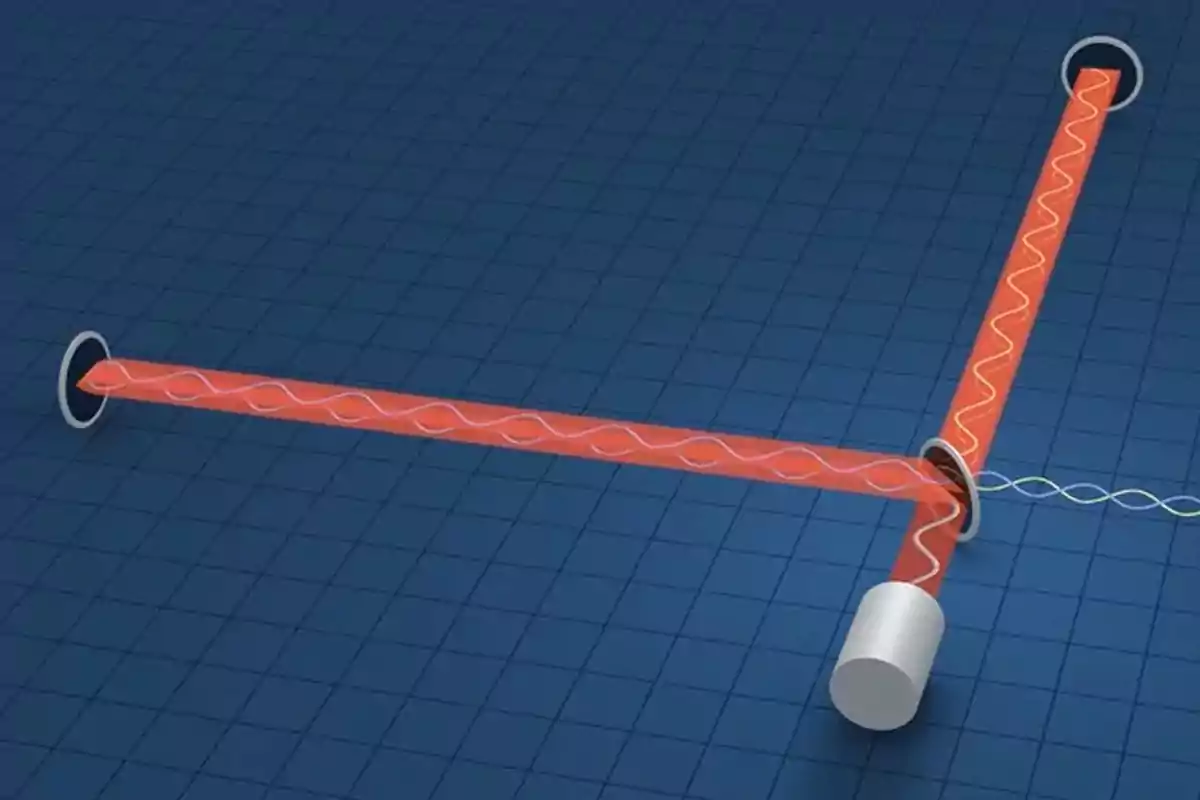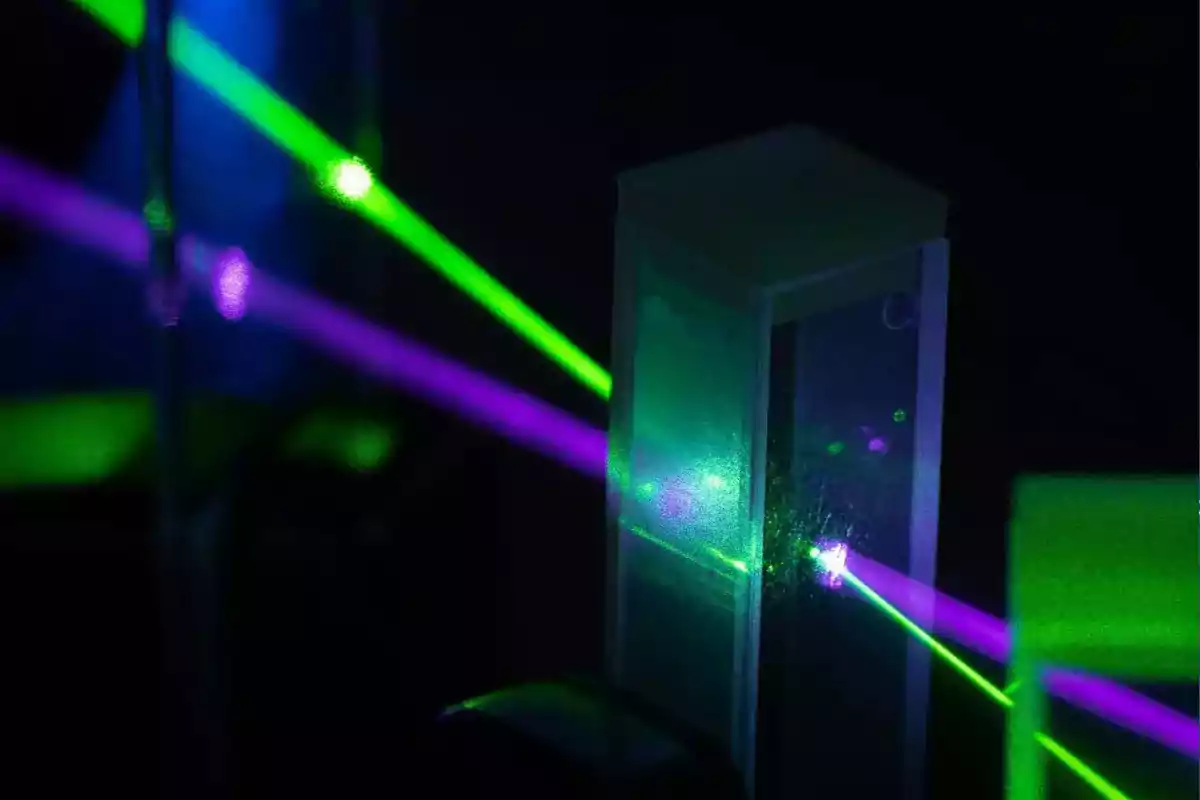
AI is revolutionizing physics: impossible experiments that work
Researchers use AI to create experiments and discover patterns that challenge human intuition
Artificial intelligence is designing physics experiments that humans would never have imagined. Some are so strange that they seem impossible, but they actually work.
Researchers around the world already use it to optimize experiments and find complex patterns in data, from gravitational waves to dark matter.

AI and LIGO: improving the gravitational wave detector
The Laser Interferometer Gravitational-Wave Observatory (LIGO) detects tiny changes in space-time. After its first discovery in 2015, physicists sought to expand its range and precision.
Rana Adhikari and his team used AI software that caused interferometer designs so strange they seemed alien. Still, they worked by improving sensitivity and reducing quantum noise.
How AI challenges convention
AI proposed solutions that humans dismissed as counterintuitive, such as an additional three-kilometer (1.86-mile) ring to circulate light before it exited the interferometer. This made it possible to discover theoretical principles never before applied experimentally.

According to Adhikari, if AI had been available when building LIGO, its sensitivity could have been 10-15% higher from the start.
Quantum entanglement and unthinkable experiments
Mario Krenn's team created PyTheus, software that designs quantum experiments. AI caused configurations that managed to entangle particles without prior contact, something confirmed by a Chinese team in 2024.

These designs simplify complex experiments and open the door to new quantum technologies.
AI finding patterns in nature
Researchers like Kyle Cranmer and Rose Yu use AI to analyze data from the Large Hadron Collider and the distribution of dark matter. Algorithms discover symmetries and patterns that confirm known theories, showing AI's potential in physics.
Although AI still needs human supervision, scientists believe that with advanced models it could propose hypotheses and accelerate discoveries in essential physics.
More posts: